Huawei P30 Pro Review: Best. Smartphone. Camera. Ever.
- Paul Thurrott
- Jun 01, 2019
-
30

Caught in the middle of a U.S./China trade war, the stunning Huawei P30 Pro has arrived at an unfortunate time. So the device and this review have been undercut by what’s happening to Huawei and the uncertainty around its ability to deliver future software upgrades and security updates to this and its other handsets.
Design
Like Huawei’s other recent flagships—and, frankly, like most smartphone flagships these days—the P30 Pro delivers a modern and familiar glass and metal design. It’s both attractive and professional looking, especially in the black color used by my review unit. But it’s also a glossy fingerprint magnet, and you’ll want to encase it in a case as much to spare your eyes from that mess as to protect its fragile glass exterior. It’s so glossy, in fact, that it’s almost impossible to photograph.
Windows Intelligence In Your Inbox
Sign up for our new free newsletter to get three time-saving tips each Friday — and get free copies of Paul Thurrott's Windows 11 and Windows 10 Field Guides (normally $9.99) as a special welcome gift!
"*" indicates required fields

From a size perspective, the P30 Pro is just right: It’s not as tall as the ginormous OnePlus 7 Pro, and it’s much less wide than the recent Pixels, which I think helps with one-handed use.
The rear branding is kind of interesting, too: The Huawei logo and Leica branding are vertical and in line with the three-lens camera system, so the rear of the device resembles a classic camera when you hold it in landscape mode to take shots. That’s a nice touch.
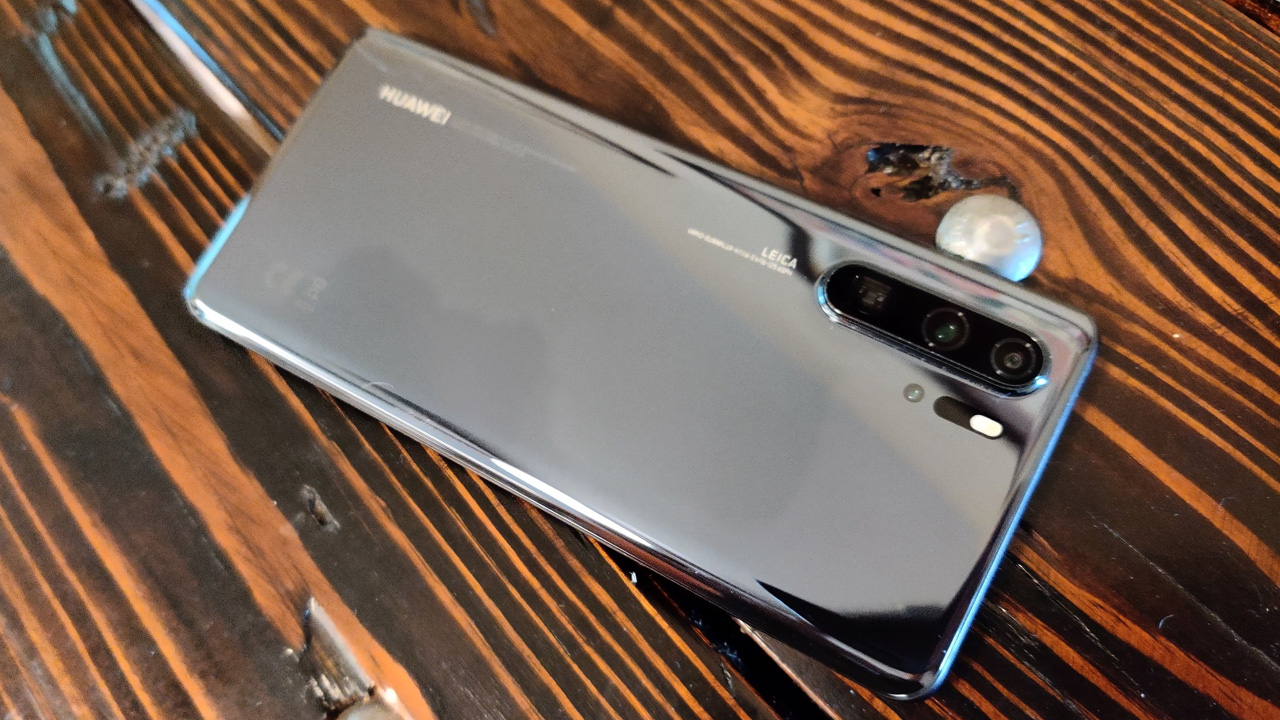
Less good, the mostly-glass exterior is super-slippery and the phone constantly slips off of any non-level surface, no matter how subtle. A cracked exterior is a certainty; it’s just a matter of time. Yet another reason to get a case.
Display
Like recent Samsung handsets, the P30 Pro is graced by a gorgeous, high-quality OLED display with gently-curved left and right edges. This design is pretty and functional: Curved screens, while controversial with some for the supposed additional fragility, are elegant and nice to the touch. And they add to the phone’s river stone-like smoothness when held. There are no sharp, hard edges.

There are also no bezels. Well, almost. There’s the smallest hint of additional bezel at the bottom, and Huawei opted for a tiny, teardrop-style notch for the front camera. But beyond those suddenly antiquated touches—in-display camera holes are all the rage these days—the remaining bezels are minimal and the display provides a credible all-screen design.

As for the display itself, it’s 6.47 inches on the diagonal, with a very tall 19.5:9 aspect ratio and a resolution of 2340 x 1080 (about 400 ppi). I’m somewhat surprised that Huawei didn’t include a higher resolution display—Samsung and OnePlus are both offering 1440p+ displays on their latest flagship handsets—but I find the display to be both crisp and lush, with deep blacks and contrast-heavy HDR colors. Viewing angles are excellent.
Hardware and specs
The Huawei P30 Pro is powered by an octa-core Kirin 980 processor with dual Neural Network Processing Units (NPUs), and a Mali-G76 MP10 GPU. The Kirin 980 is Huawei’s take on the latest ARM platform, and it provides two 2.6 GHz Cortex A76-based cores, two 1.92 GHz Cortex A76-based cores, and four 1.85 GHz Cortex A55-based cores.
Depending on the model you purchase, the P30 Pro provides 6 GB or 8 GB of RAM and 128, 256, or 512 GB of storage. The review unit provides 8 GB of RAM and 256 GB of storage, both of which are likely overkill for my needs.
The question, of course, is how this compares to Android flagships running the latest Qualcomm Snapdragon 855 chipset. In real world use, I can say that I’ve never experienced any stutters, lag, or other problems. It’s a champ. But the Geekbench 4 benchmarks provide an interesting view at how the Kirin 980 and Snapdragon 855 compare, too.
In both the single- and multi-score benchmarks, the P30 Pro lagged behind the OnePlus 7 Pro, which utilizes the Snapdragon 855, by just a bit. It scored 3266/9653 (single-core/multi-core), compared to 3436/10772 for the OnePlus 7 Pro.
Beyond those core components, the P30 Pro provides single or dual SIM capabilities, depending on model, with broad cellular network support, dual-band 802.11 ac Wi-Fi, Bluetooth 5.0 BLE, SBC, AAC, aptX, aptX HD, LDAC, and HWA Audio, and NFC. It is IP68 splash, water, and dust resistant, which means it can be dunked in non-moving water to a depth of 1.5 meters for up to 30 minutes.
The P30 Pro ships with a 4200 mAh battery, and I’ve found the device to be longer-lasting than the Pixel 3 XL and Pixel 3a XL I’ve used recently. It supports 40-watt fast charging—good for a 70 percent charge in just 30 minutes—and Qi-based wireless charging. It also supports power bank and reverse wireless charging, like the Mate 20 Pro. That means you can place a Qi-compatible device on top of the P30 Pro and charge it wirelessly using your handset’s battery.

On a down note, the P30 Pro only provides a mono speaker and there is no headphone jack. There is no excuse for either on a flagship smartphone.
Cameras
When it comes to the Huawei P30 Pro, all anyone seems to care about is the cameras. That’s understandable, and the camera quality has been my own focus in reviewing this handset. Given my experiences with the Mate 20 Pro, my expectations were high. And they were exceeded. The P30 Pro packs the best and most impressive camera system ever found in a smartphone.
The front camera uses a single lens, a 32 MP normal lens with an f/2.0 aperture. There’s no ultra-wide mode like we see on the Pixel 3 XL, but it’s serviceable.
Things get interesting around the back. The rear camera system consists of three lenses and a Time of Flight (ToF) sensor that’s used for distance mapping in portrait mode and elsewhere. These lenses include a 40 MP wide-angle lens with an f/1.6 aperture and optical image stabilization (OIS), a 20 MP ultra-wide-angle Lens with an f/2.2 aperture and an 8 MP telephoto lens with an f/3.4 aperture and OIS. Each lens also supports autofocus with both phase and contrast focus and Huawei’s AI-based take on electronic image stabilization.

These cameras combine to provide a superior camera experience that is very similar to that of the Mate 20 Pro, which makes sense given their similar specifications. But the P30 Pro exceeds the Mate 20 Pro in one key area: The telephoto lens provides true 5X optical zoom thanks to a new periscope-style configuration that uses mirrors so that it can extend inside of the P30 Pro’s body, rather than outside. And it is amazing.
If you’re familiar with the OnePlus 7 Pro’s claims of 3X optical zoom and the resulting controversy around those claims, forget them. All you need to know is this: Where zoom on the OnePlus 7 Pro is mushy, pixelated, and often unusable, zoom on the P30 Pro works like it should, at it delivers a superior shot every time. This is optical zoom as I’ve always imagined it in the smartphone world, and while it’s still a far cry from the 24X optical zoom on my last point and click camera, it blows away everything else in the smartphones.
I had a nice chance to test this when our Miami hotel was buzzed repeatedly by the Blue Angels over the Memorial Day weekend. Spying a man on the roof of the hotel next to us, I decided to take zoomed and non-zoomed shots of him with the Pixel 3a XL (which is software-based), the OnePlus 7 Pro (which is allegedly 3X optical zoom), and the Huawei P30 Pro.
Here’s the un-zoomed shot from the P30 Pro.
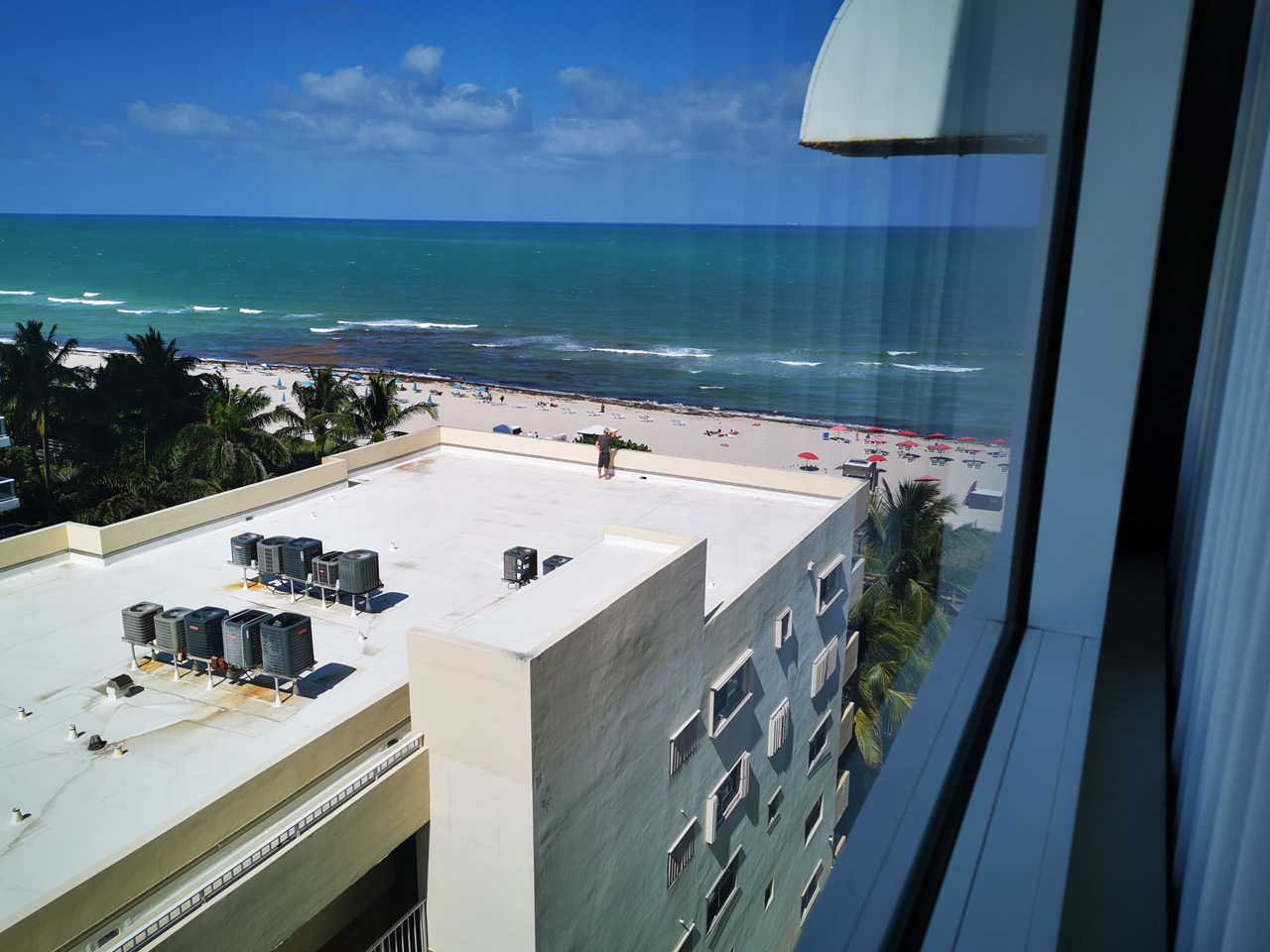
Here’s a comparison of the same scene, zoomed, from three different smartphones: The Pixel 3a XL (left), the OnePlus 7 Pro (middle), and the P30 Pro (right).

The results are telling. Where the Pixel 3a XL and OnePlus 7 Pro delivered the kind of fuzziness and blurriness I expect from software zoom, the P30 Pro delivered crisper, clearer images each time. I was also able to get some decent shots of the Blue Angels as they buzzed the beach.

Beyond the optical zoom, the P30 Pro delivers stunning “fauxtography” shots with contrasty colors and deep blacks too.
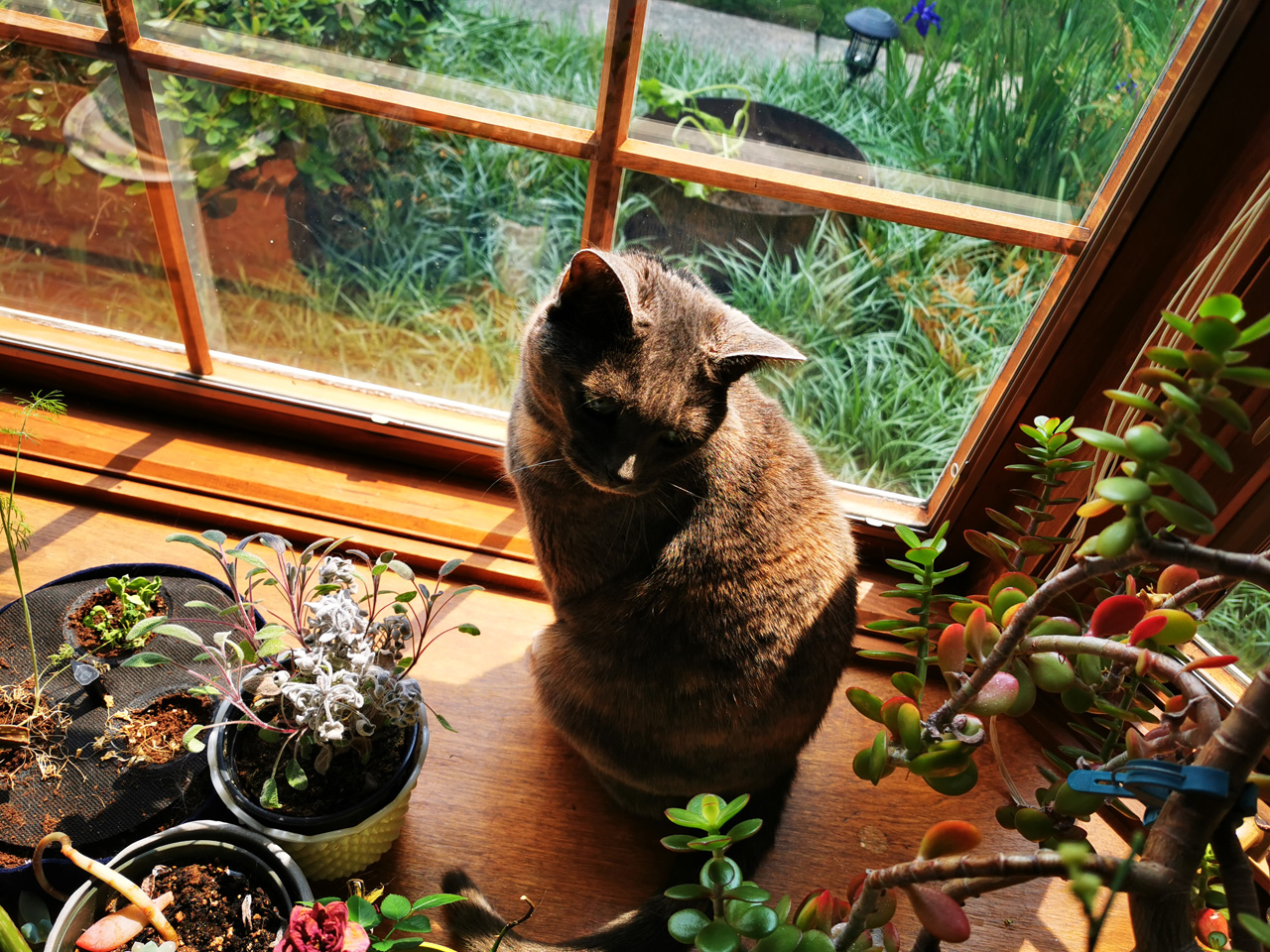
Here’s a scene with normal (1X) zoom:
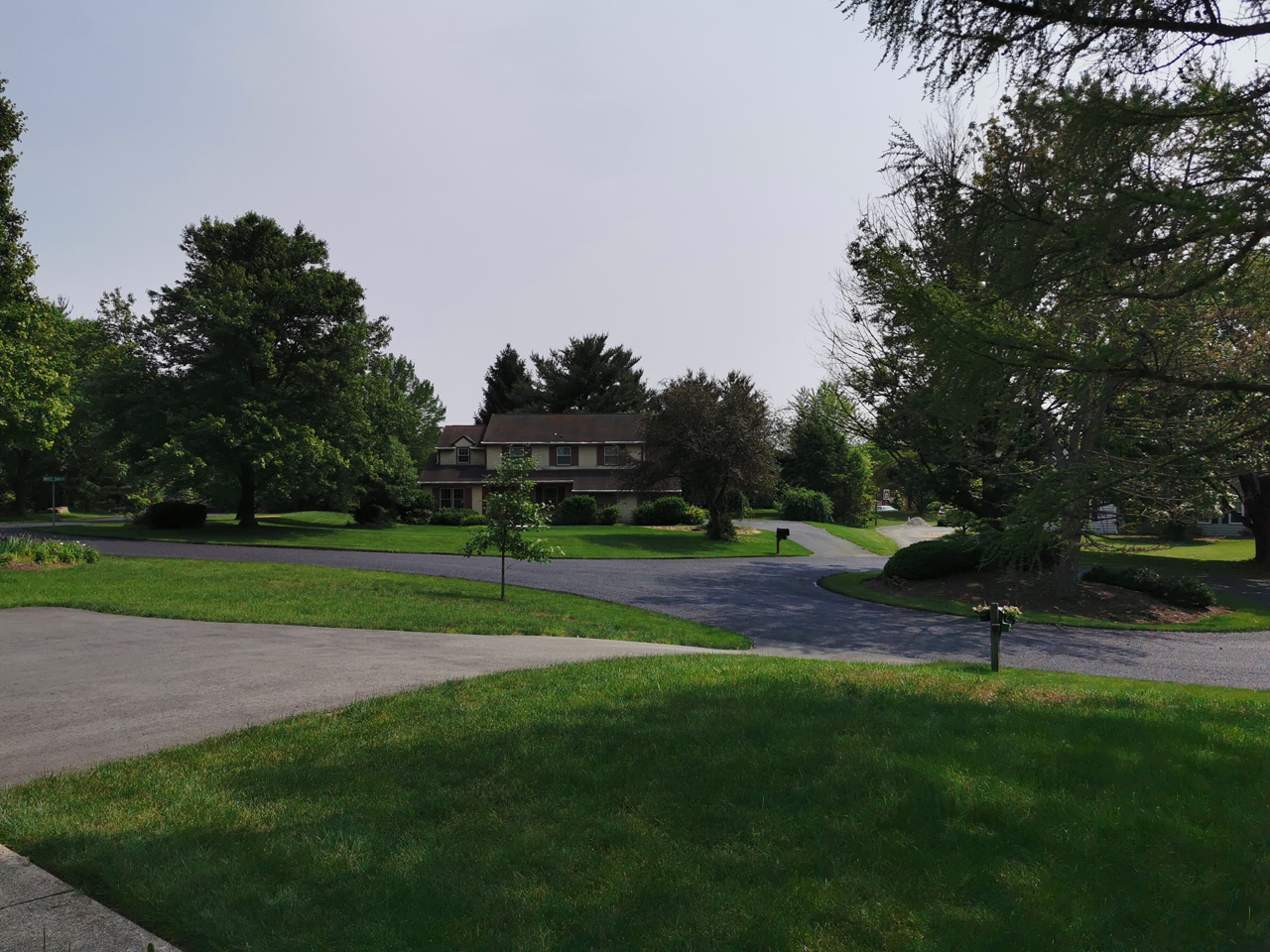
And the same scene in ultra-wide-angle:
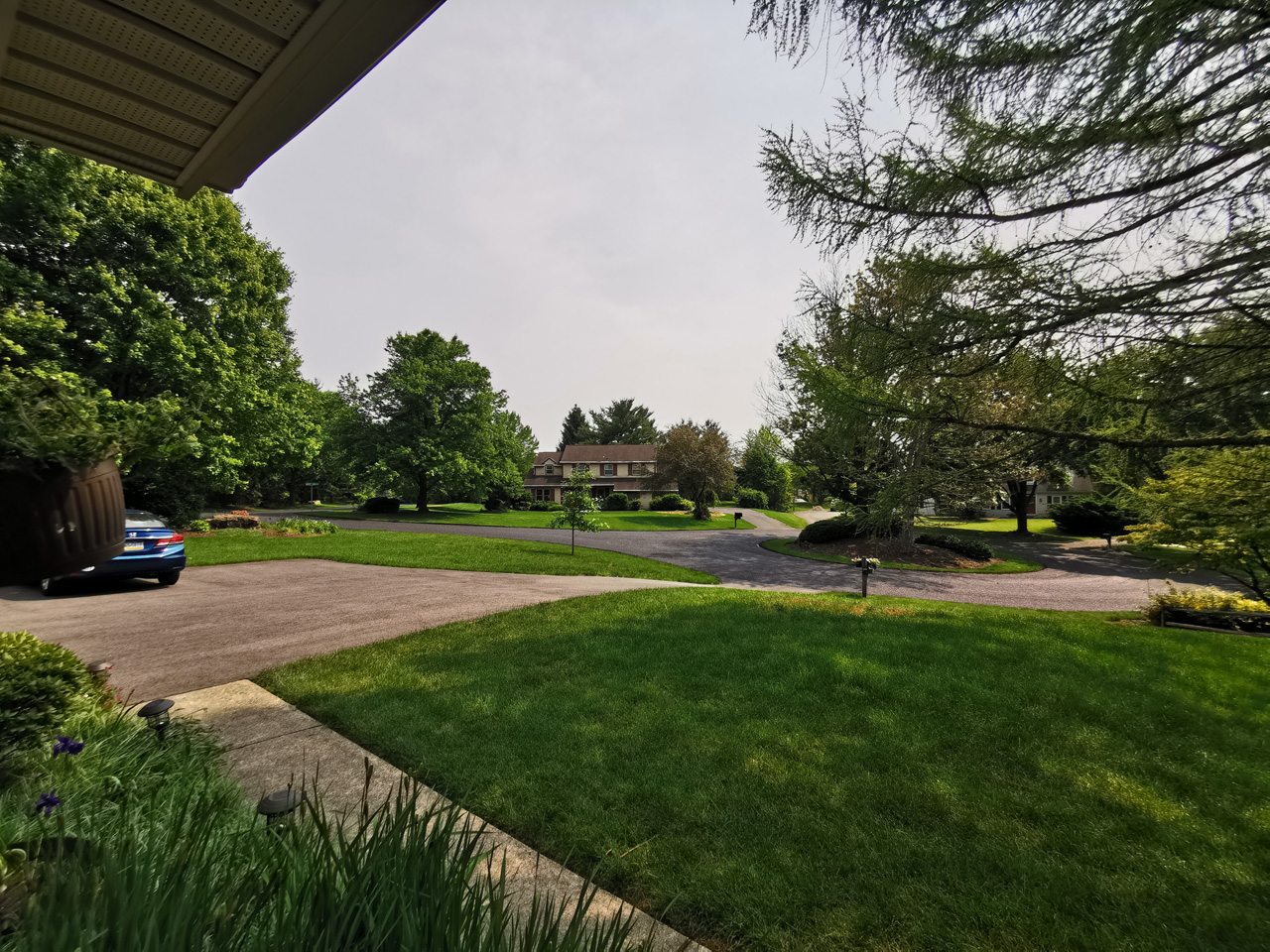
And the low-light performance is just as impressive as any Pixel. This shot, for example, was taken with the normal Photo mode in a nearly completely dark room.
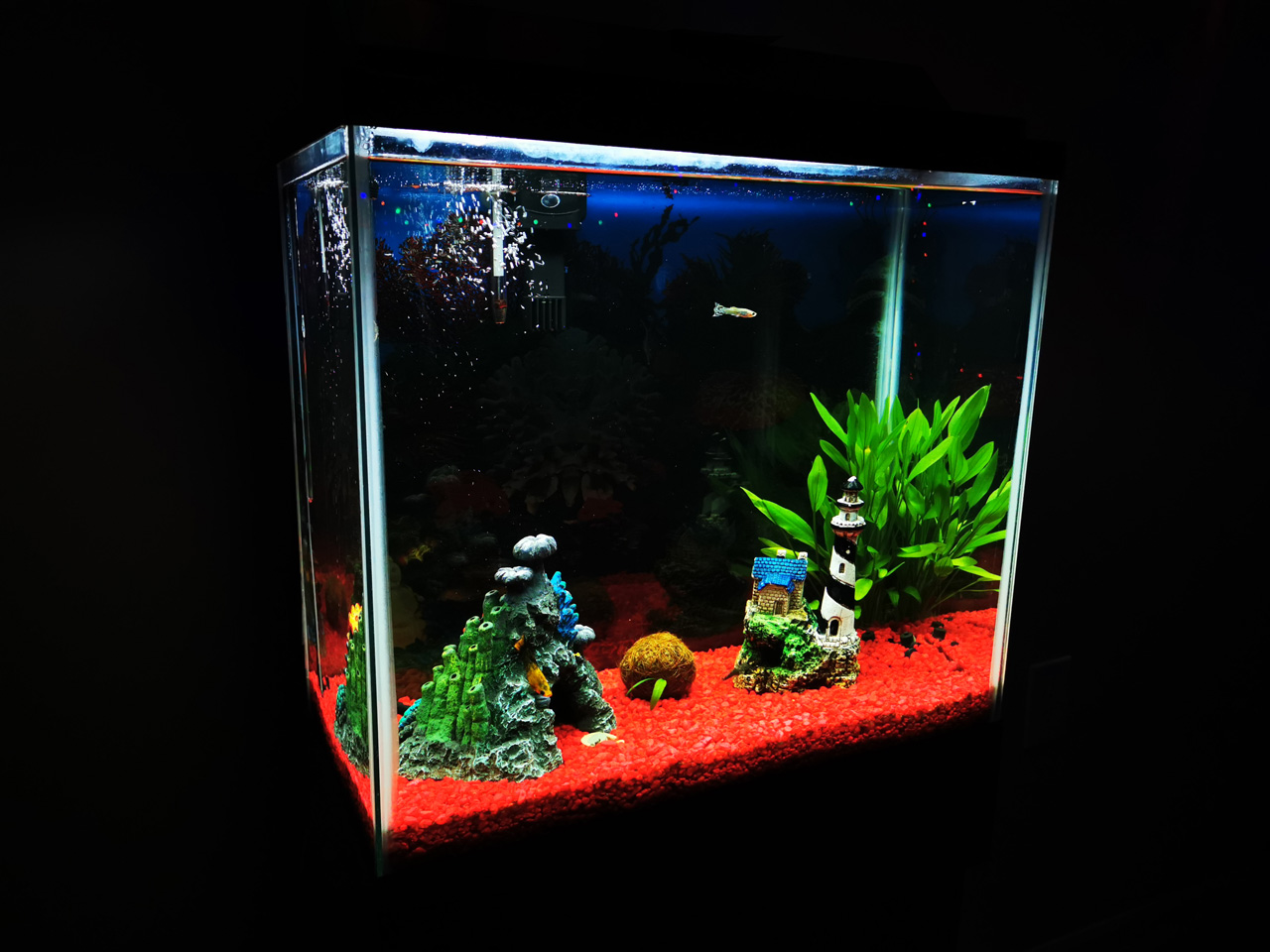
Switch to Night mode and it looks like the room is better-lit.
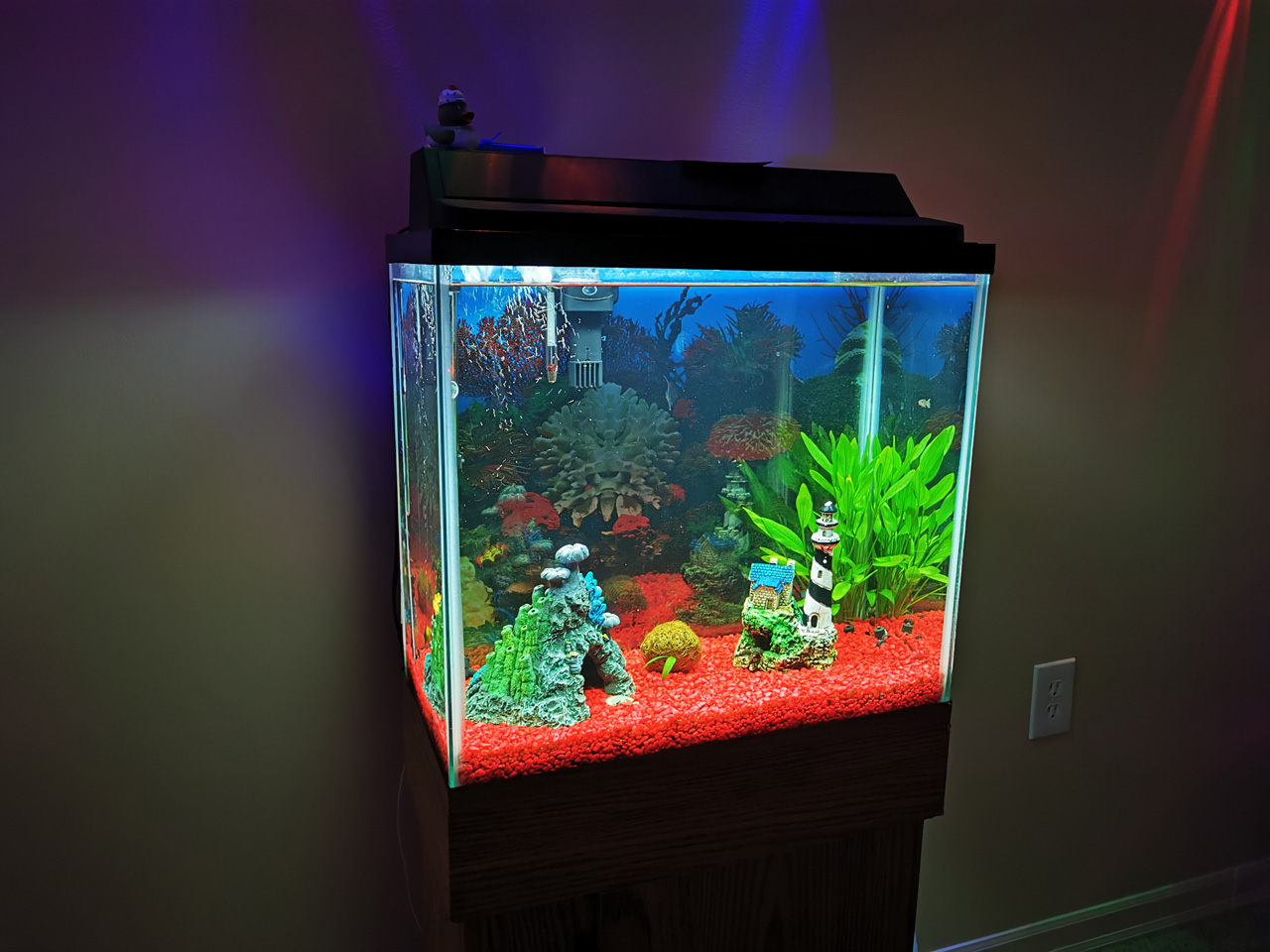
Here, again, the P30 Pro matches what’s possible with the latest Pixels, though it does take about 7 seconds to take such a shot. This picture was taken in the pitch black, with no lights at all. I couldn’t see what I was looking at, let alone focus on it. It’s impressive that this came out at all.
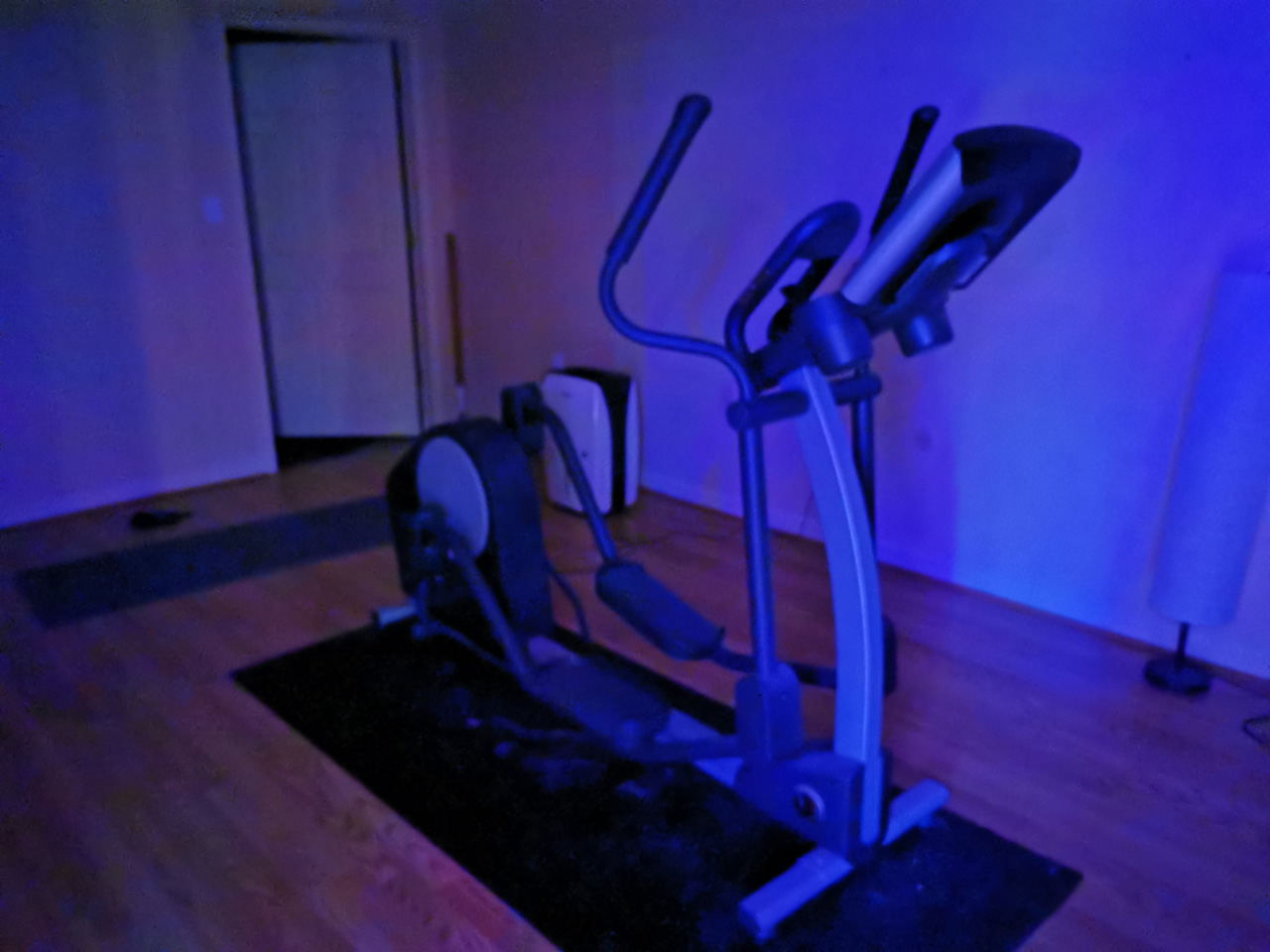
I’ve just never seen anything like this camera system. It’s a revelation.
Security
Like the Huawei Mate 30 Pro and the OnePlus 6T and 7 Pro, the P30 Pro provides an in-display fingerprint reader instead of a fingerprint reader on the rear of the device, which I’d prefer. Huawei says this third-generation fingerprint reader is improved from the version in the Mate 20 Pro, which I found somewhat frustrating because it seemed to degrade, quality-wise, over time.
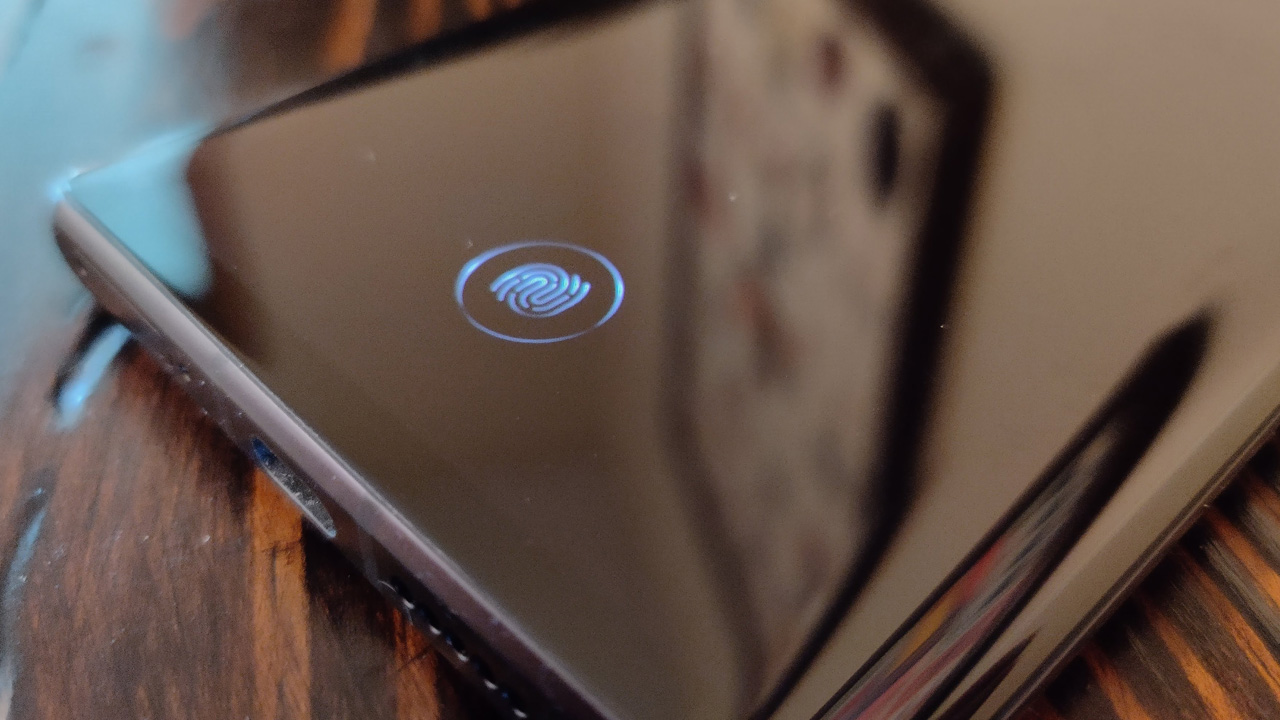
But this new version does seem to work better, and this is a positive change that I’m also experiencing with the second-generation OnePlus 7 Pro in-display fingerprint reader as well. Perhaps I’ve just not used it enough for me to sour on it. But so far, I’ve not experienced that reliability drop-off.
Which is good because your only other alternatives are to use an old-fashioned PIN or Huawei’s insecure facial recognition. And you can also configure the fingerprint reader to access App Lock-protected apps if you’d like. (It’s disabled by default.)
Software
Huawei’s user interface for Android, called EMUI, continues to be the firm’s Achilles heel. It’s my least-favorite Android launcher because it doesn’t offer basic functionality from stock Android.

This includes, most obviously, the lack of an All Apps screen, so that all of your app icons actually need to find a home somewhere on the home screens instead. (This is a great example of Huawei copying something Apple does poorly too.)
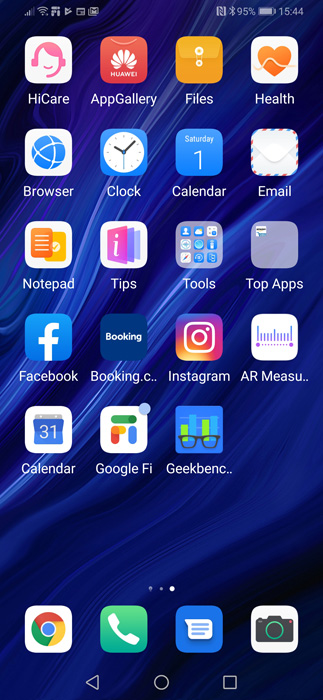
Like Samsung’s handsets, the P30 Pro is also full of superfluous software. Some of it is quirky and curious, like the Compass app (another Apple affectation, I bet) and Optimizer, which apparently makes your phone run faster by shutting down apps. But a lot of it is just annoying. There are apps that duplicate functionality already found in Android, like Gallery, Browser, Music, AppGallery, and Email. Apps that seem to exist solely because everyone else is doing it, like Health, Notepad, and AR Measure (Apple-influenced, again). A slew of Huawei-specific apps like HiCare, Themes, Phone Clone, SIM Toolkit, and many, many others. And just pure crapware like Booking.com, Bing Video, and Amazon Shopping.
It’s all a bit much. And as is the case with the Mate 20 Pro, I would absolutely install a third-party Android launcher to escape from this madness.
Pricing and availability
If you live in the United States, you can find the Huawei P30 Pro at Amazon.com and probably a few other online retailers only. You won’t see it at any carriers, of course, or at traditional big-box electronics stores like Best Buy. That you cannot easily get support for the P30 Pro in the U.S. is, of course, another problem. (And one that is unrelated to the firm’s issues with the U.S. government.)
Undaunted? Amazon sells the P30 Pro for as little as $889; that’s for an 8 GB/128 GB model; I don’t believe any 6 GB versions are available here. If you’d like a version with 256 GB of storage, you’re looking at $949. Those are flagship prices, for sure. And a hard sell given the high-profile Apple and Samsung handsets you can buy for similar prices, and with support.
Outside of the United States, you may have better luck, and you may find better prices as well, since the P30 Pro is available from carriers in Western Europe and throughout Asia.
Recommendations and conclusions
Judged on its own merits, the Huawei P30 Pro is one of the best smartphones in the market today, and its three-lens camera system is unrivaled. But thanks to a withering attack by the U.S. government, we cannot judge the P30 Pro, or any Huawei product, solely on its merits. Instead, we must view this handset in the context of its future, which could be dubious, and of Huawei’s ability to keep it up to date over time, which is uncertain.
It’s clear that Huawei is just a pawn in the United States’ trade war with China. My opinion is that the U.S. government will reverse course on its blacklisting of Huawei, easing some concerns. But the damage might already be done. Even if Huawei’s ability to do business with the software and component suppliers that it needs to compete in the smartphone market are fully restored, doubts could remain.
And that’s a shame. As someone who values camera quality above all else in smartphones, the Huawei P30 Pro stands at the pinnacle of the market. And even with its lackluster software and the normal support issues with Huawei phones in the U.S., it’s the handset I’d choose above all others.
I’d also recommend it, and wholeheartedly, to those power users who could deal with replacing EMUI with an Android launcher that actually works well and who were unfazed by their inability to seek formal support should something go wrong with the device.
I would. Really. But I can’t.
At-a-glance
Pros
- The single best smartphone camera system in the market, period
- Excellent performance
- Stunning display
Cons
- Huawei’s ability to deliver software upgrades and security updates is in question
- No hardware support in the United States
- Expensive
- EMUI is less refined than stock Android
- No headphone jack
- Mono speaker
- Software bloat, crapware
Tagged with
Conversation 30 comments
-
PeterC
<blockquote><em><a href="#432382">In reply to lvthunder:</a></em></blockquote><p>It’s a tricky point for other vendors to copy, as its all Leica camera tech innovation combined with Huawei’s R&D and manufacturing. If Leica were to be forced to stop working with huawei then you may see a high bidder try and get Leicas IP but it’s joint IP with huawei so I think unlikely. </p>
-
PeterC
<blockquote><em><a href="#432487">In reply to lvthunder:</a></em></blockquote><p>Leicas software in the P30 pro cant be easily replicated, components can, but Leica has an impressive imaging software and systems pedigree, that’s market leading, as in the best. When you see what they can do with medical imaging for example, you’ll see what I mean. </p>
-
jeetisking
<p>A great phone, but can Huawei survive after US services ban in their smartphones</p><p>Tp Android gangster games</p>